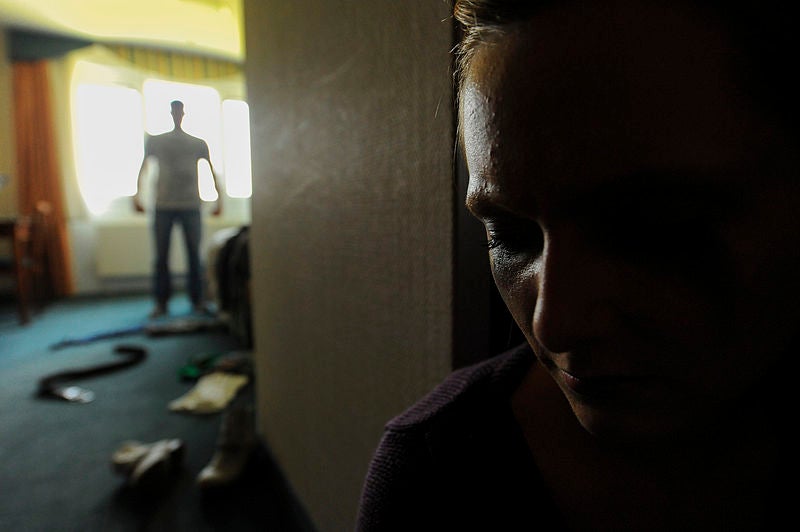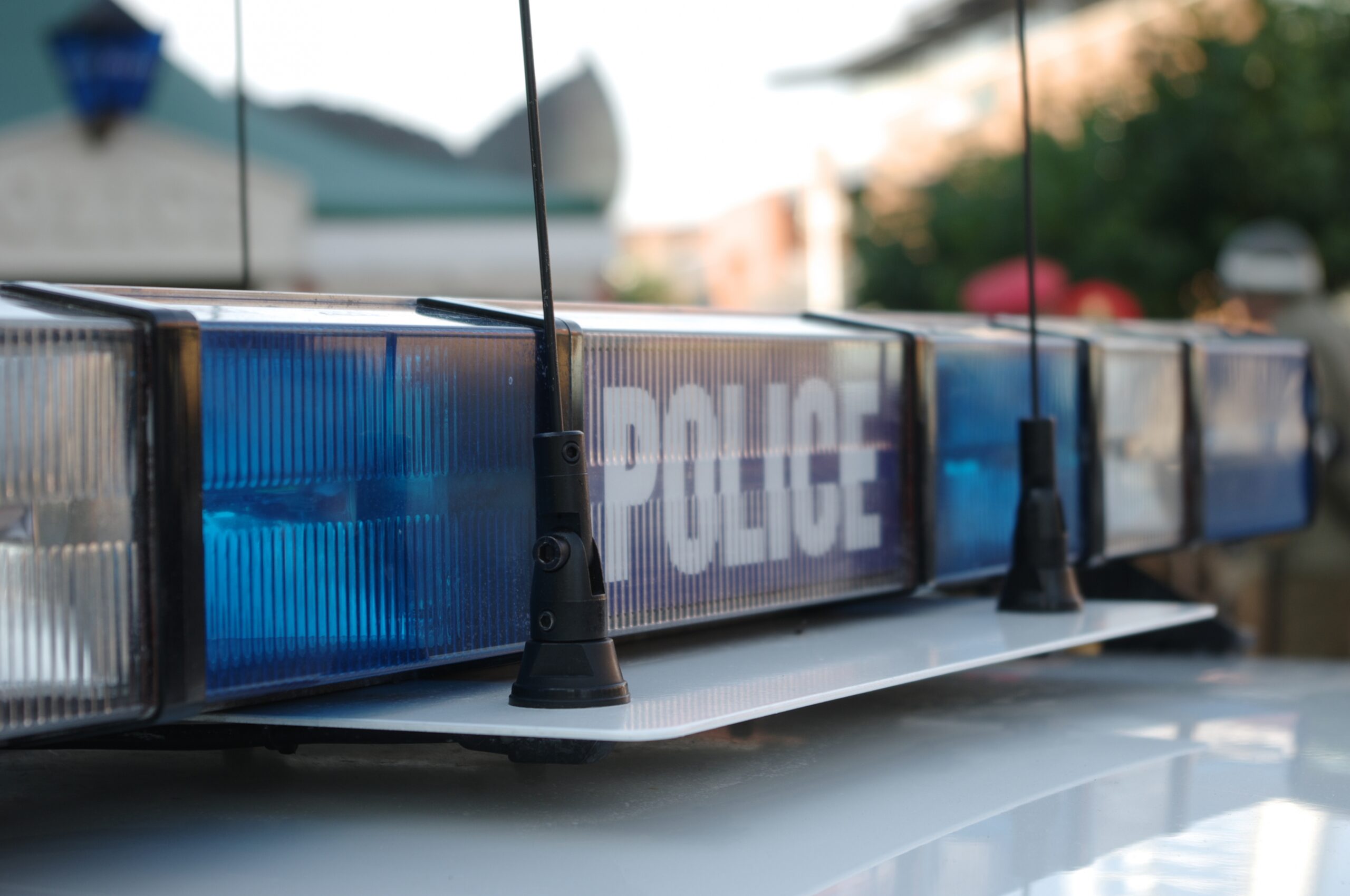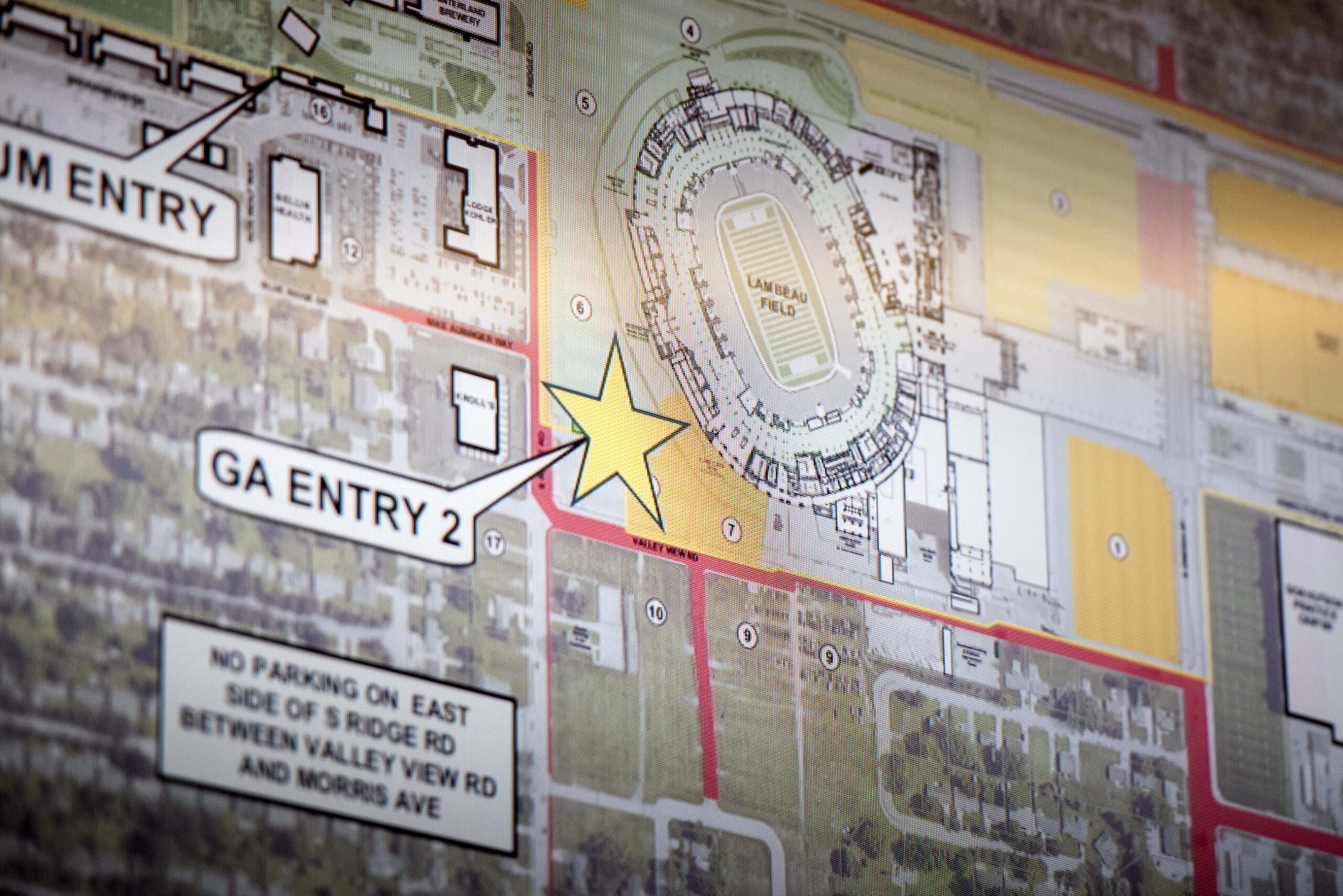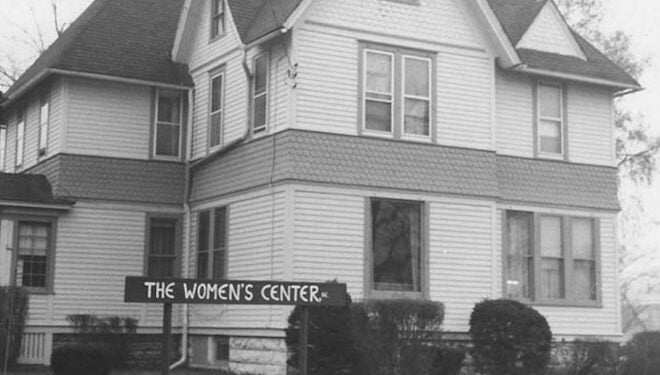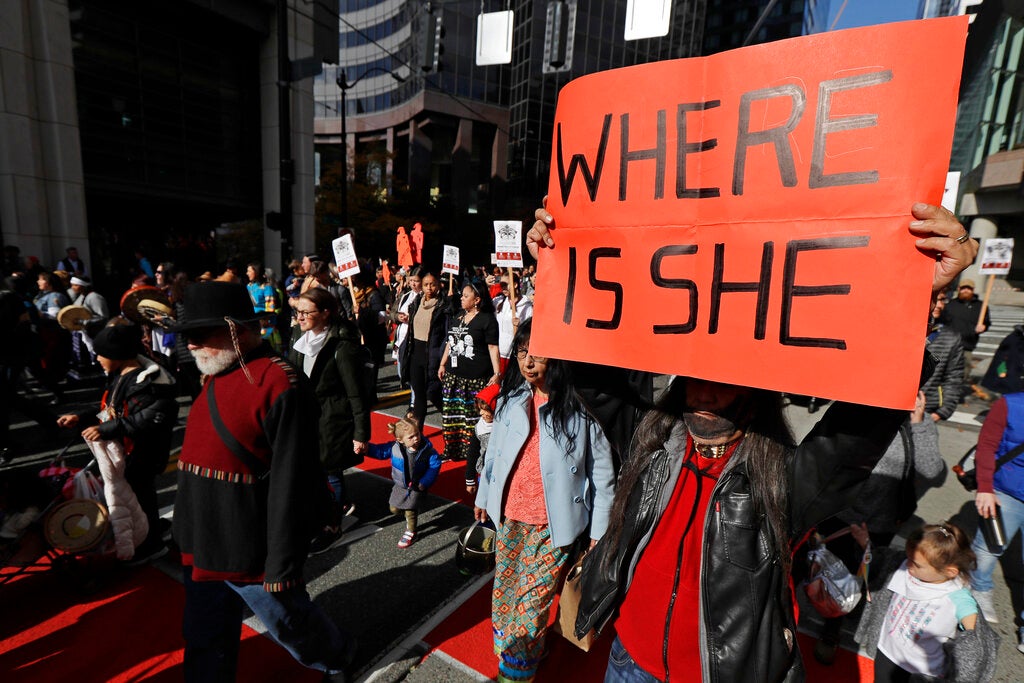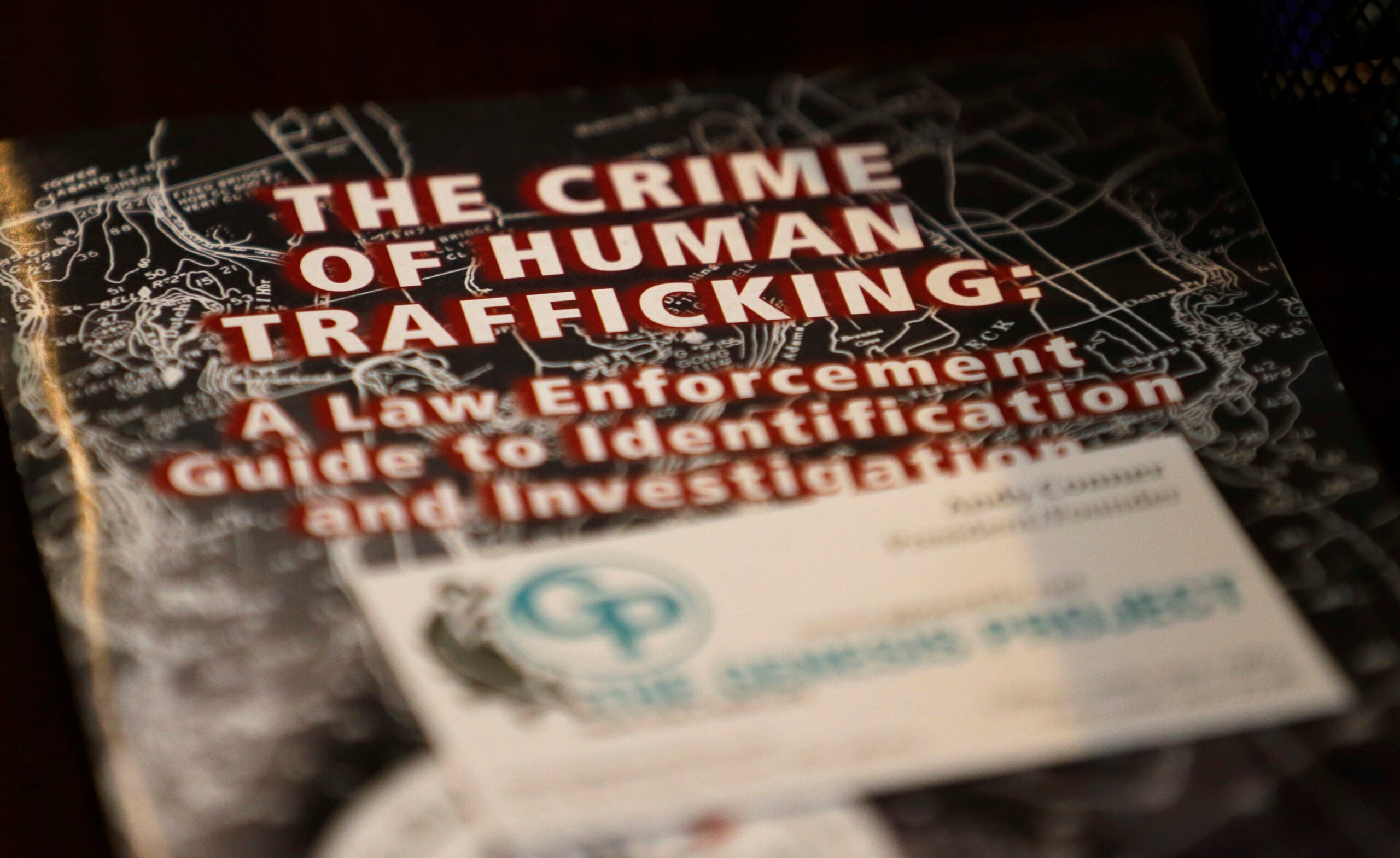Agencies across Wisconsin and Minnesota have been intensifying efforts to increase awareness of sex trafficking, as well as train people to recognize the signs of sexual exploitation.
The Wisconsin Department of Justice created a Human Trafficking Bureau in 2017. Last year, the department reached around 5,000 people while conducting trainings with community members and businesses, according to Julie Braun, a policy advisor with the agency. Braun said they held trainings with the transportation and hospitality industries, as well as the health care sector to help them better recognize sex trafficking in the state.
“By training people on the front lines to look for certain things or recognize things when they see them as part of their everyday job, we want to increase the number of tips that come in. We want to increase the quality of tips that come in,” said Braun. “We want to make sure that people in those sectors understand for the safety of themselves and of their clients what trafficking is and how their business might be exploited by traffickers.”
News with a little more humanity
WPR’s “Wisconsin Today” newsletter keeps you connected to the state you love without feeling overwhelmed. No paywall. No agenda. No corporate filter.
In the first year of the bureau, Braun said the Wisconsin Department of Justice received 174 tips from the National Center for Missing and Exploited Children and the nonprofit organization Polaris Project, which combats human trafficking.
“Traffickers move victims around a lot. They do that sometimes to evade detection,” she said. “They want to make money in different communities so they move victims of sex trafficking around to different venues.”
The scope of the problem is difficult to gauge. The National Human Trafficking Hotline, which is operated by the Polaris Project, received 261 calls in Wisconsin that reported 91 cases of human trafficking in 2017. The majority of those cases pertained to sex trafficking. In the first six months of last year, the hotline received 122 calls – 54 pertained to sex trafficking.
The Wisconsin DOJ has worked with organizations like Truckers Against Trafficking, which Braun said has contributed significant leads to the national hotline. In 2019, the agency plans to do a series of trainings with the bus industry, including stops at regional safety meetings for the Wisconsin School Bus Association in the spring.
“Our school bus drivers see our kids every day. They know the neighborhoods. They know bus stops,” she said. “They may be the last person to see somebody who’s going to school that decides not to go to school anymore or has been taken somewhere by traffickers.”
Braun said children or teenagers who are being lured or groomed by sex traffickers may show up with expensive gifts, talk about an older boyfriend or girlfriend, or somebody may be waiting for them at the bus stop.
“They might see some of the clues that nobody else is seeing,” she said.
The International Labour Organization estimates around 4.8 million people are sexually exploited around the world, according to most recent data.
Twin Ports Trafficking Task Force
Just across the bridge from Superior, the Twin Ports Trafficking Task Force has been working to raise awareness of sex trafficking throughout the area and northeastern Minnesota. This month, the task force emphasized the need for training to spot the signs of trafficking while kicking off a series of events to target the problem.
Native women and children are disproportionately affected by sex trafficking, according to Kathy Hermes, task force member and youth program coordinator for Lutheran Social Services in Duluth.
“Racism is certainly a reason. Vulnerabilities associated with colonization resulting in people living on reservations lends to this,” said Hermes.
The Minnesota Department of Health found 826 youths who were sexually exploited received services from a Safe Harbor provider between July 1, 2015, and June 30, 2016, according to a 2017 state report. Minnesota lawmakers passed the Safe Harbor law in 2011, which no longer charged youths with the crime of prostitution. Around 39 percent of youths helped by providers were white, but about 8 percent were American Indian. However, American Indians make up less than one percent of Minnesota’s population.
“I think that the fact that school age children are drawn into trafficking is something that many of us just struggle to accept is taking place in our community,” said Hermes.
Last year, tribes formed an anti-sex trafficking coalition called Tribes United Against Sex Trafficking (TRUST). Fond du Lac Police Chief Herb Fineday said tribes have been laying the foundation for collaboration with one another through mutual aid agreements.
“It basically means that an officer can go on to that agency or that tribe and they can exercise the same powers as a law enforcement officer on that agency,” he said.
Fineday said that means officers from the Fond du Lac Band of Lake Superior Chippewa could make an arrest on another tribe in Minnesota with which they’ve reached an agreement. He said they’re hoping to build on that initiative in the coming year as tribes tailor agreements to their needs.
While cooperation among agencies is essential, Fineday said recognition of the signs of sex trafficking remains the greatest challenge.
“I think more training needs to be put out there to the public sector, and I think that’s going to be the biggest challenge for this initiative,” he said.
Fineday said some signs of sex trafficking may include someone who lacks control of their finances, doesn’t know the time of day, where they’re located or is not allowed to speak for themselves and interact with others.
Wisconsin Public Radio, © Copyright 2026, Board of Regents of the University of Wisconsin System and Wisconsin Educational Communications Board.

